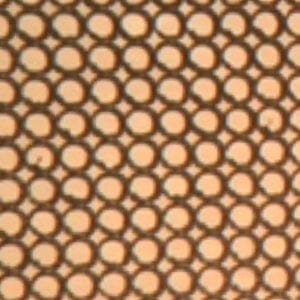A Review of Microfabrication Techniques for Glass in Microfluidics
Since the advent of micromachining and microfabrication, engineers and researchers have favored using polymers such as PDMS to make microfluidic devices. With advances in technology and processes, glass and silicon have become widely used for microfluidic devices. These materials, glass in particular, have many advantages for a wide range of applications.
In this post, we’ll examine three microfabrication techniques that allow for the transformation of glass into microfluidic devices: surface micromachining, buried channel techniques, and bulk micromachining.
Surface Micromachining
Surface micromachining technique uses a sacrificial layer which is shaped to define the desired fluid channels. Following this, a structural layer is deposited, then finally the sacrificial layer is etched. While surface micromachining offers greater potential for the fabrication of multi-layer devices compared to mass micromachining, it does involve multiple steps per layer. Surface micromachining is used commonly in the fabrication of nano-channels, as the final height of the channel can easily be controlled to the nearest nanometer. Whereas bulk, or mass, micromachining cannot offer such precise height control due to variations in etching speed.
Buried Channel Technology
The purpose of buried channel technology is to create a deep trench by direct etching of the surface material. This technology is successful when very deep and narrow access features are used. This requires micron-scale lithography and a high aspect-ration DRIE (deep reactive ion etching). The downside of this method is there is a limited stability in the mechanics used, which causes a limitation insofar as to what applications can be used.
Bulk Micromachining
Bulk micromachining, also referred to as mass micromachining, is the most widely used manufacturing process for glass microfluidic devices today. As the name implies, bulk micromachining allows for the manufacture of microfluidic devices at scale, either large or small scale depending on specific needs. In this method, micro-channels are formed by removing excess material from a wafer and bonding and/or adhering it to another wafer in order to encapsulate the channels. Citrogene specializes in bulk manufacturing of microfluidic devices, manufactured to meet your precise needs and application.
Citrogene: Glass Microfabrication Engineers
One of the most difficult materials to machine even with these new high-speed-spindle machines is brittle materials, materials like borosilicate, fused silica, quartz and other transparent materials. Citrogene has developed the right solution for machining the materials. With the demand for smaller and more intricate micromachined parts increasing as more industries see the value of these parts, finding a premier precision micromachining engineer company to meet demand is vital. To learn more about how Citrogene can meet that demand, and create your custom micromachined parts, contact us today.

